It could be such a struggle figuring out how to stand out in a crowded market.
And that’s what Blue Ocean Strategy by W. Chan Kim and Renée Mauborgne helps you solve. It’s like a business strategy book but with multiple real life examples you could get inspiration from.
They wrote it after studying 108 companies across 30 industries. One stat from their research shows that only 14% of the companies that went into new markets (blue oceans) brought in 61% of the total profits.
Meanwhile, everyone else was busy fighting over scraps in saturated spaces.
A perfect example? Casella Wines. Instead of trying to beat other wine brands, they created Yellow Tail—a wine that non-wine drinkers actually enjoyed. And it worked.
If you’re a creator or entrepreneur trying to carve your own path, this book gives you a framework to stop stressing about competition and start building something fresh. Let’s break down 9 things you can take from it.
Table of Contents
Detailed Summary of The Blue Ocean Strategy by W. Chan Kim and Renée Mauborgne
“You don’t have to beat the competition. You just need to stop playing their game.”
That’s the bold truth behind Blue Ocean Strategy by W. Chan Kim and Renée Mauborgne. They studied 108 companies across 30 industries and found that the ones chasing competition only brought in 39% of total profits. The rest (61%) came from businesses that created their own space. That’s what they call a blue ocean.
They believe you shouldn’t waste energy trying to outperform others in crowded markets. Instead, create a new category people didn’t even know they needed. That’s what Casella Wines did with Yellow Tail. They didn’t target wine lovers. They asked beer and cocktail drinkers why they avoided wine, and built something new just for them.
You’ll learn how to spot non-customers, how to build offers around their frustrations, and how to pull four levers: eliminate, reduce, raise, and create. These levers help you keep costs low while adding value that actually matters.
This book gives you a clear way to think differently about business. If you’re unsure what to build or how to compete, it helps you zoom out, challenge old rules, and focus on what makes your idea useful.
You’ll see how to create something so specific and useful that it doesn’t even feel like competition exists. You just do your thing, and others have to play catch-up.
If you want to stop fighting for scraps and start building with clarity, Blue Ocean Strategy is worth your time.
9 Incredible Lessons from Blue Ocean Strategy by W. Chan Kim and Renée Mauborgne
“Stop competing with rivals. Start making the competition irrelevant.”
That’s the core message from Blue Ocean Strategy by W. Chan Kim and Renée Mauborgne.
They believe that fighting in crowded markets (what they call red oceans) is a trap. You pour energy into beating people who are doing the same thing as you, in the same way. The better path? Create a new category and focus on people who aren’t being served at all.
Here are 9 lessons you can use to start building your own blue ocean.
1. Competing is a losing game
They studied 108 businesses. 92 tried to win in crowded markets. 16 created new markets. Those 16 made 61% of the total profits.
What does that tell you?
Trying to outdo everyone in a saturated space just puts you in a race to the bottom. If you’re thinking of starting something online, don’t ask “how do I compete?” Ask, “How do I make competition unnecessary?”
2. Focus on non-customers
You don’t have to chase the same audience everyone else wants.
Casella Wines didn’t market to traditional wine lovers. They asked beer and cocktail drinkers why they didn’t drink wine.
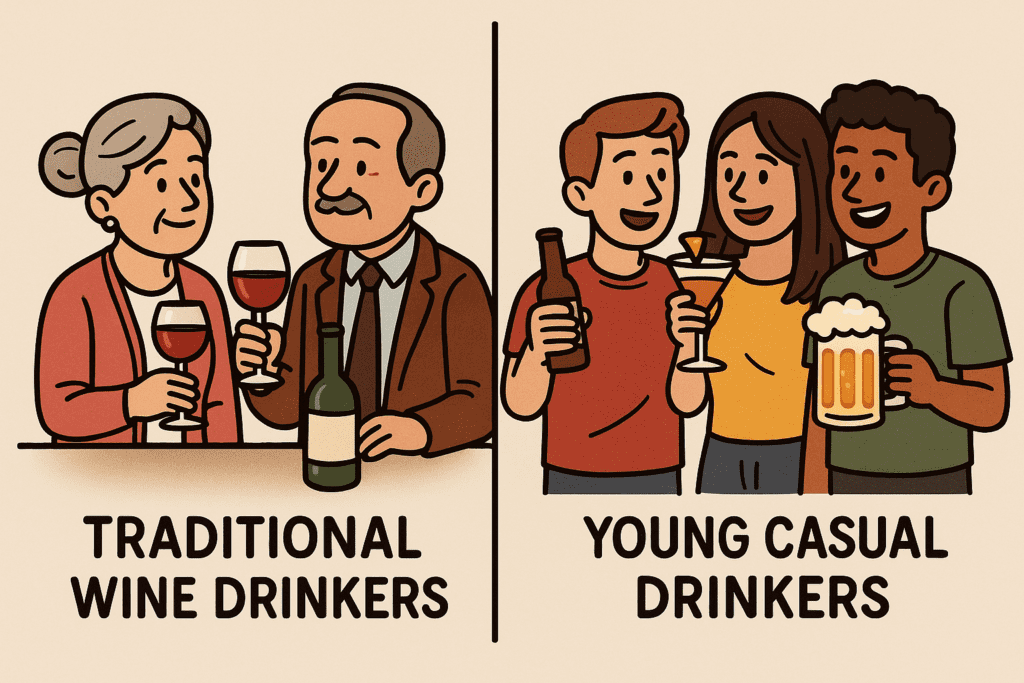
That led to Yellow Tail, a wine brand designed for people who hated wine.
Think about your niche. Who’s ignoring it completely? Why? If you figure that out, you might find your blue ocean right there.
3. Use the four levers: eliminate, reduce, raise, create
They call this the Four Actions Framework. It helps you rethink how products are built.
Here’s how Casella Wines used it:
- Eliminate: They removed the wine aging process to cut costs.
- Reduce: They only made two types of wine.
- Raise: They made it easy to drink.
- Create: They made the brand playful, like beer.
Use these same levers for your idea. What can you cut? What can you simplify? What can you improve? What new element would make it stand out?
4. Simplicity sells
Yellow Tail’s success wasn’t about fancy labels or awards. It was about being approachable.
The wine aisle feels like a museum. Casella made it feel like a casual bar.
If you’re building a product or service, don’t make people feel dumb. Don’t talk over their heads. Simplify the offer. Make it easy to understand, use, and enjoy.
5. Value innovation is your weapon
They talk a lot about something called value innovation.

It means creating more value for your customers while lowering your costs.
That sounds tough, but here’s the trick: stop doing what doesn’t matter. Cut the fluff. Then double down on what actually helps people.
When you design your business this way, you make the competition irrelevant because no one else is offering the same value.
6. Don’t copy what’s trending
Red oceans are full of trends. Everyone jumps on them. Everyone sounds the same.
But trends don’t last. And they create price wars.
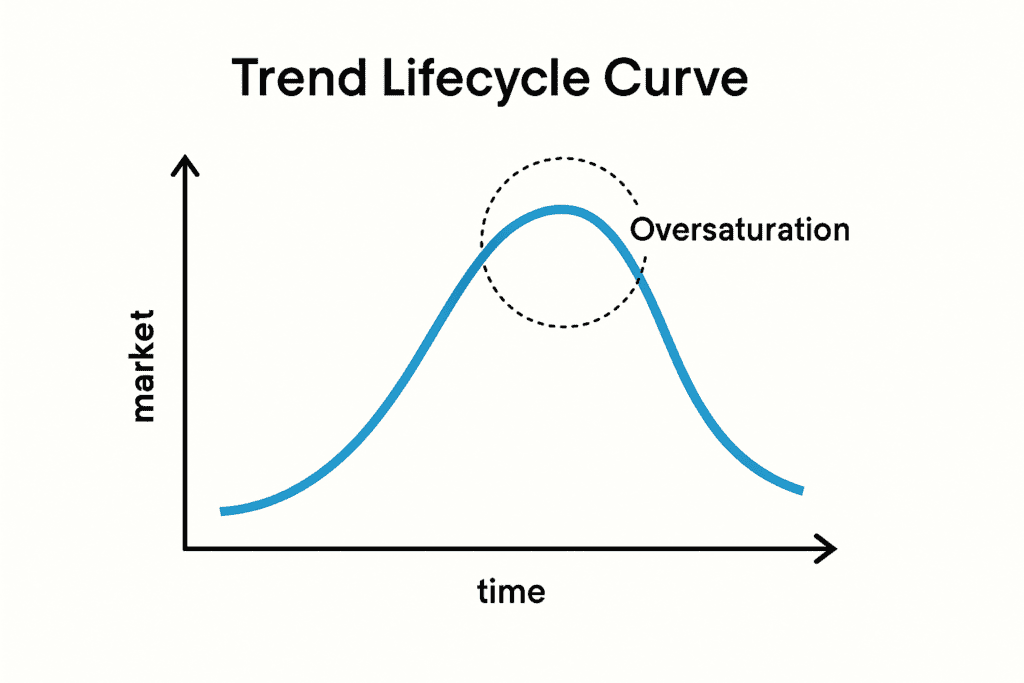
Blue oceans are born when you ignore the noise and build around what’s missing. Look at your space. What are people tired of? What are they craving that no one is offering?
7. The best ideas come from outside your bubble
Casella borrowed from beer. Five-Hour Energy looked at vitamin supplements.
You don’t have to invent something from scratch. Just borrow elements from other industries and remix them.
If you’re stuck, try this:
- List 3 products or services people use before or after they need yours.
- Ask what they like about those products.
- Ask what frustrates them.
- See what patterns repeat.
That’s where new ideas live.
8. Strategy canvas shows you the gap
They created a tool called the strategy canvas. It helps you map what everyone else is doing—and where you can stand out.
Picture this: you list all the features your competitors offer. Then you score each feature on how much they focus on it.
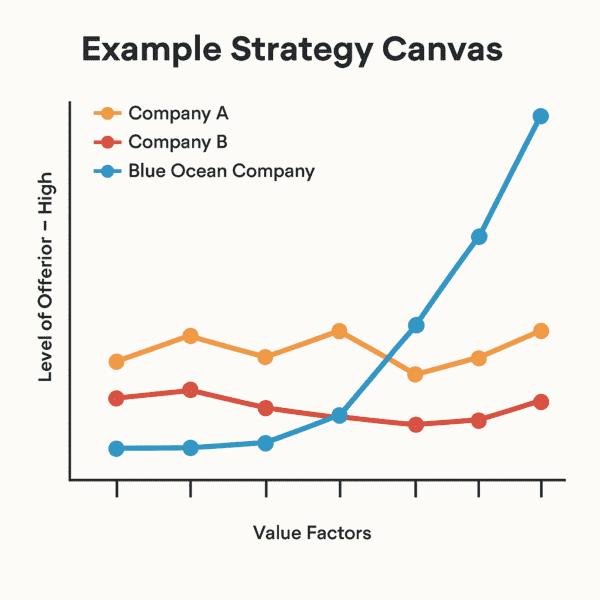
You’ll start seeing patterns. Most brands cluster around the same stuff.
Now ask: what’s missing? What are they all ignoring? What can you do differently on purpose?
That’s your opening.
9. Make your idea hard to copy
Casella didn’t just make a new wine. They made a new wine category. That gave them a head start that was tough to catch.
Same with Five Hour Energy. They created the 2-ounce energy shot. It’s now a permanent shelf space in stores.
If you want to build something that lasts, think about how your idea can become its own category.
Even if copycats show up later, they’ll always be seen as the alternative. Not the original.
Building your version of a blue ocean doesn’t require genius.
It requires listening.
It requires looking at who’s being ignored.
And it requires the courage to not do what everyone else is doing.
If you’re still figuring out what to build or how to stand out, Blue Ocean Strategy by W. Chan Kim and Renée Mauborgne will give you the roadmap.
Conclusion
You don’t need to play by the rules of crowded markets. Blue Ocean Strategy by W. Chan Kim and Renée Mauborgne shows you how to create your own space, reach people who’ve been ignored, and grow without obsessing over competition. If you’ve been stuck trying to figure out what to build or how to stand out, this book gives you practical clarity.
And if you liked this, you’ll also enjoy my post on Rework, a book that challenges everything we’ve been told about business. It’s short, sharp, and brutally honest.
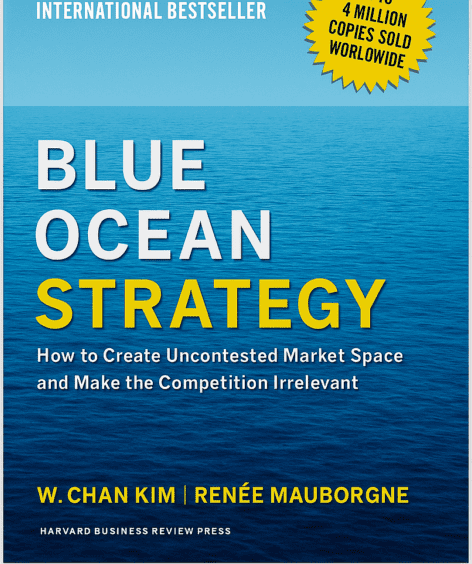

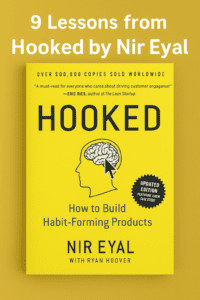
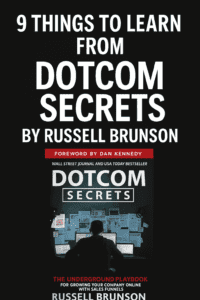
Pingback: Traction by Gino Wickman (9 Powerful Lessons Plus Book Summary)